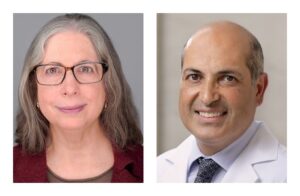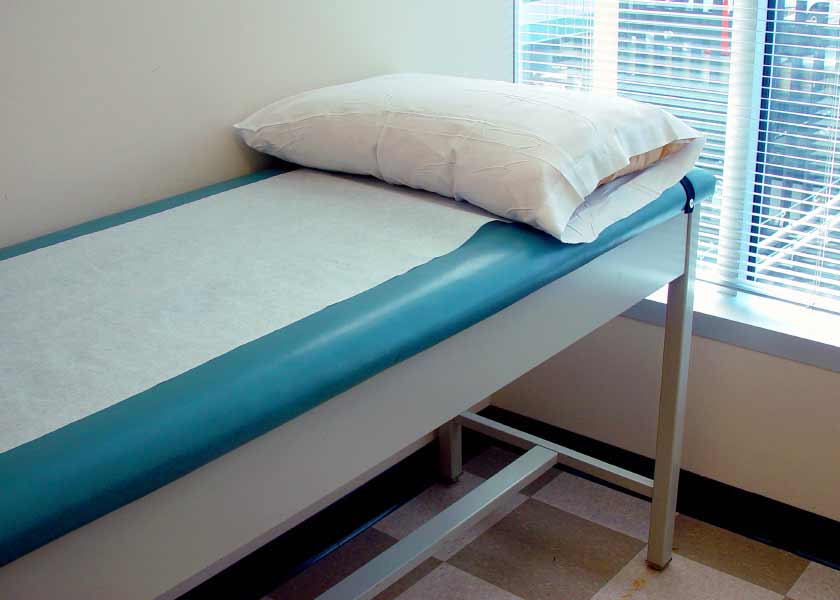Tag
cancer screening
-
Webinar to explore cancer reporting without hype and with the right measure of hope
Experts on an upcoming AHCJ webinar on Wednesday, July 19, will discuss communication about cancer screenings and treatment.

-
Adjusted risk pool has some rethinking cervical cancer rates
What if experts wanted to figure out the rate of tonsil cancer, but forgot to exclude all the people who’d…

-
•
Navratilova, GMA uncritically push screening
In February, Martina Navratilova was diagnosed with ductal carcinoma in situ, the most common form of breast cancer. She has…

-
Rounding up some of the latest health coverage
With good topics for the blog flooding in and a short holiday week to get them all posted, I’m taking…

-
•
Times crafts strong reminder of screening’s dangers
Sarah-Kate Templeton, in The Times of London, tells the story of one victim of medical screening and overtreatment, wrapping that…

-
•
Scans at LA hospital spewed 8x normal radiation
On Oct. 8, the FDA issued an alert recommending hospitals review CT scan radiation levels after dangerous doses were detected…

-
•
Cancer society’s messages on screening conflict
The New York Times‘ Gina Kolata reports that the American Cancer Society, a longtime defender of early detection and cancer…

-
•
Schwitzer: One-sided push for screening wrong
On his Schwitzer health news blog, University of Minnesota journalism professor, HealthNewsReview.org editor and AHCJ member Gary Schwitzer reminds journalists…

-
•
Organization: Teen breast tests wasteful, harmful
Jeff Baillon of KMSP in Minnesota’s Twin Cities reports that the National Breast Cancer Coalition (a nonprofit grassroots advocacy and…

-
•
Experts: Benefits of cancer screenings overinflated
In Reader’s Digest, Shannon Brownlee reports that while the American Cancer Society and federal government still push regular cancer screenings,…



